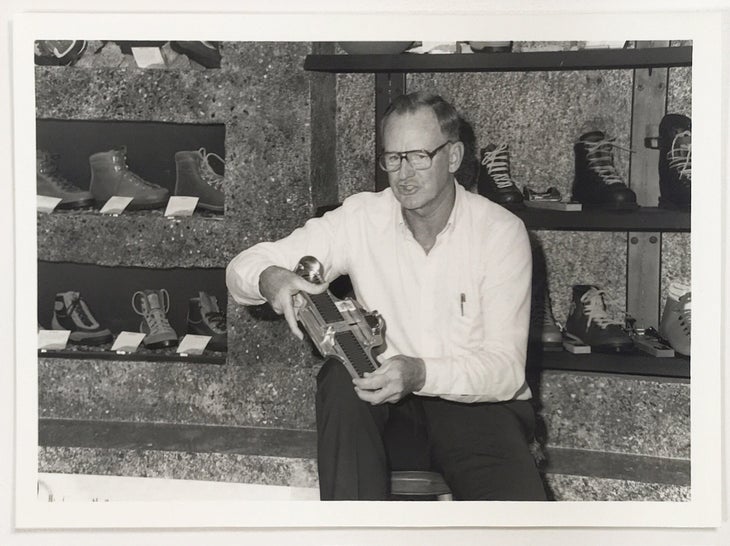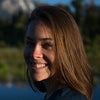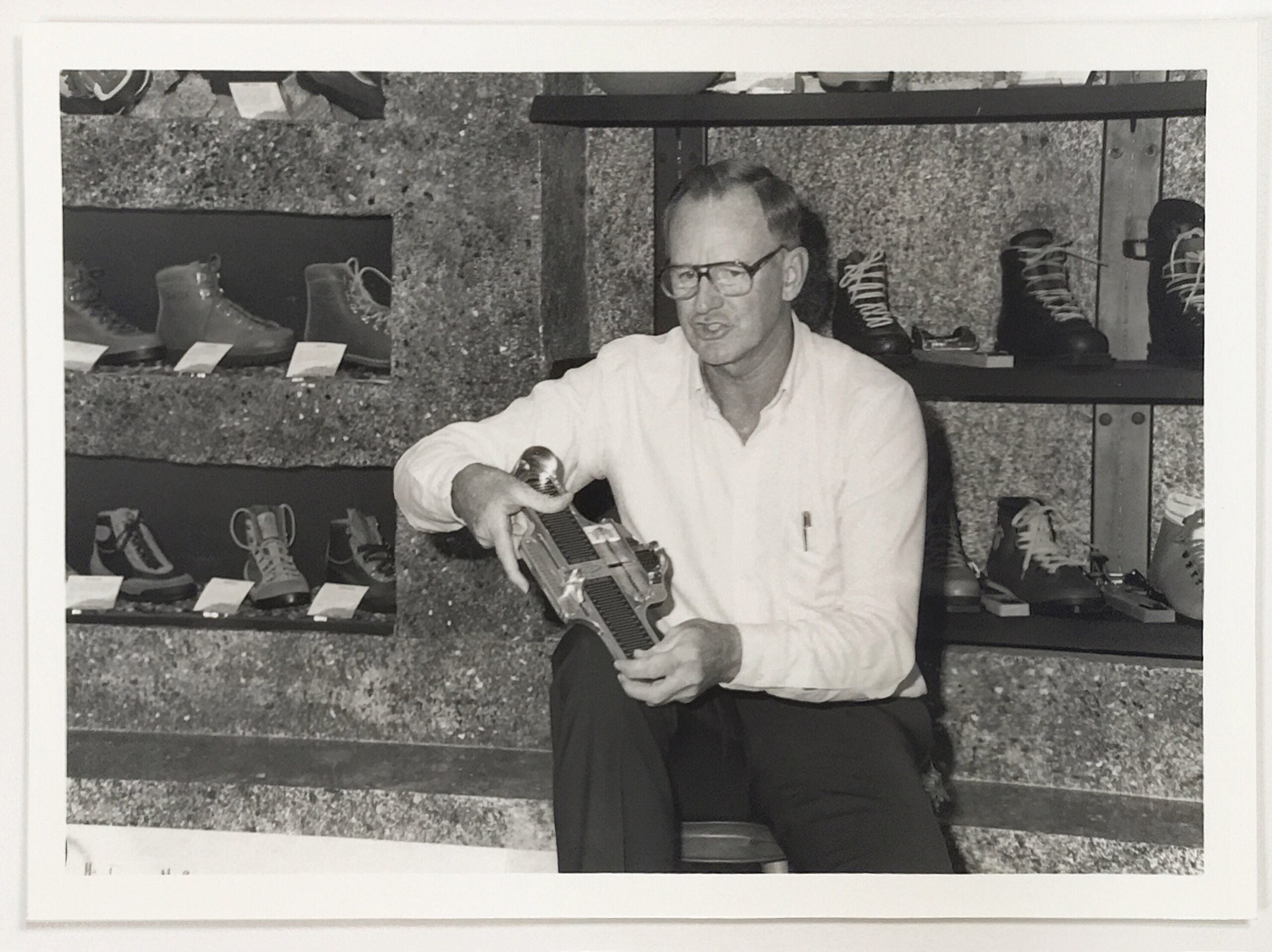Before Phil Oren revolutionized bootfitting, he was a shoe salesman in a retail shop at a time when it was standard practice to X-ray kids’ feet to see if their shoes fit. He spent more than two decades as a sales rep for The North Face and, later, Mountain Hardwear, but it took a bad bootfitting of his own before he realized the process was all wrong. Oren developed the Phil Oren Fit System in the 1980s by measuring countless feet and figuring out how the foot changes shape as it interacts with a boot over distance. In his spare time, he taught certification courses at retail shops so bootfitters would, at last, have effective guidelines by which to help customers find boots that would never be a nuisance. This year, the retired 83-year-old returned to Outdoor Retailer to reunite with old friends.

What was bootfitting like before you developed the fit system?
My feet were ruined because somebody didn’t know what he was doing when he measured me before my Pacific Crest Trail thru-hike. Right now, my right foot is crippled. This was happening to a lot of people. I originally started out in the footwear industry working in a shoe store selling Red Goose and Buster Brown shoes, so I probably screwed up a lot of people’s feet when I worked in retail. You used to put a finger in the back of the foot, in the heel of the shoe, to check the size, but that’s bogus. When I was fitting Red Goose, we’d put kids’ feet in X-ray machines and tell them to wiggle their toes so Mom could see the fit. We shouldn’t have been sticking them in X-ray machines; we should have been fitting them. At the time, I didn’t realize how bad of a job I’d been doing. When I realized how dynamic feet really are, that’s when I said, “We’ve got to change this.”
I think I just wanted to take this as a personal challenge to see if I couldn’t solve this with the help of a lot of people. Even today, you go into the big-box stores or shop on the internet, and all they’re interested in is getting your money. I wanted to turn that around and change that mentality.
What surprised you most when you started measuring people and fitting them regularly?
It was kind of like a domino effect, how it actually came together. I can remember measuring people at my home, and we’d measure them both sitting and standing. That’s when we realized, to our surprise, the elongation factor. When you have someone who has really bad feet or really bad overpronation, their feet elongate a lot. Maybe about 20 percent of people’s feet grow more than a size. I once measured someone in Montana whose feet elongated three sizes. But if you get them into the right footbeds, you can almost eliminate that size differential.
How did you gain people’s trust when you were just starting out?
I think David Baker, founder of Summit Hut in Tuscon, Arizona, was a big help. He talked to a lot of people and told them they’d make a lot more money if I taught them how to fit people better. I started out of Arizona, with Summit Hut, and then I went to California, and then Washington. It took almost five years before I finally got REI to sign on.
For the first 17 years, I was still a full-time sales representative, and I would go out and teach clinics in my downtime. I worked for The North Face for 22 years and Mountain Hardwear for three. It wasn’t until my last six years before retirement that I worked exclusively on the Fit System.
How have you seen the outdoor industry change?
Back when I first started in the outdoor industry, it was very personal. It was kind of like joining a club. I don’t want this to come out wrong, but I find that nowadays, with the brick-and-mortar specialty shops kind of going down, and the rise of internet sales, I think it really has affected the personality of the outdoor industry.
I’m only an occasional observer now—I fish and golf. But I go into a lot of golf stores to buy equipment, and I find that a lot of people on the floor don’t know what the hell they’re talking about. They just don’t know their products the way we knew our products.
How can the industry fix that?
When I was with The North Face, our knowledge was very technical. That was conveyed to each and every salesperson on the floor. I think the industry needs more grassroots training. Teaching these salespeople how to be more professional and know their products better would really help the industry. There have got to be more people out there like me who care. And I did care, very much.
There was a big company once—I won’t name it—who wouldn’t let me train its staff. But every year, it’d have its stores send them the shoes that had been returned, and the company would have a big sale and sell them for pennies on the dollar.
If you’re not getting fit right, the second pair might not be right for you, either. Companies could save so much money if they cared more and took the time to make sure their customers were getting the right fit.


